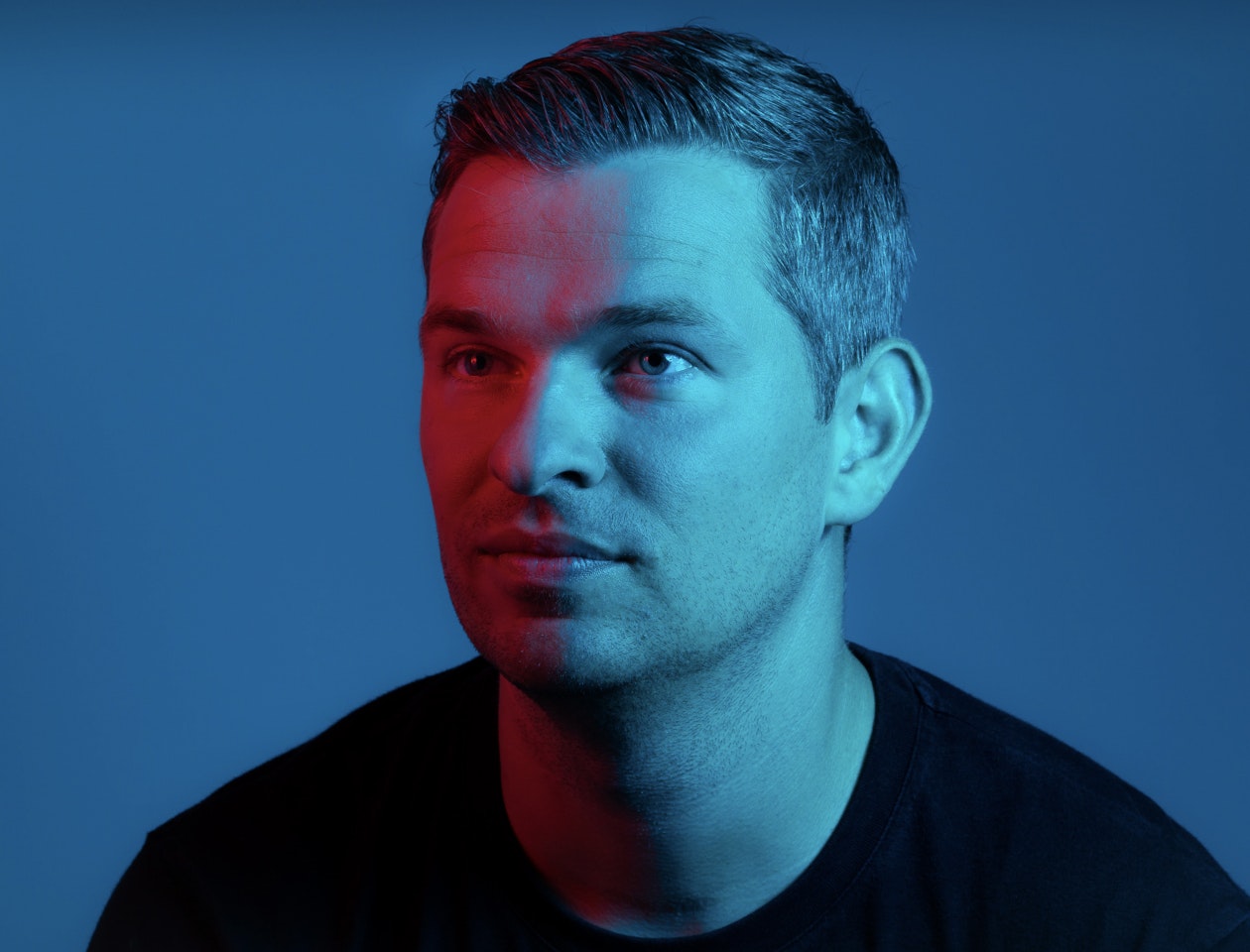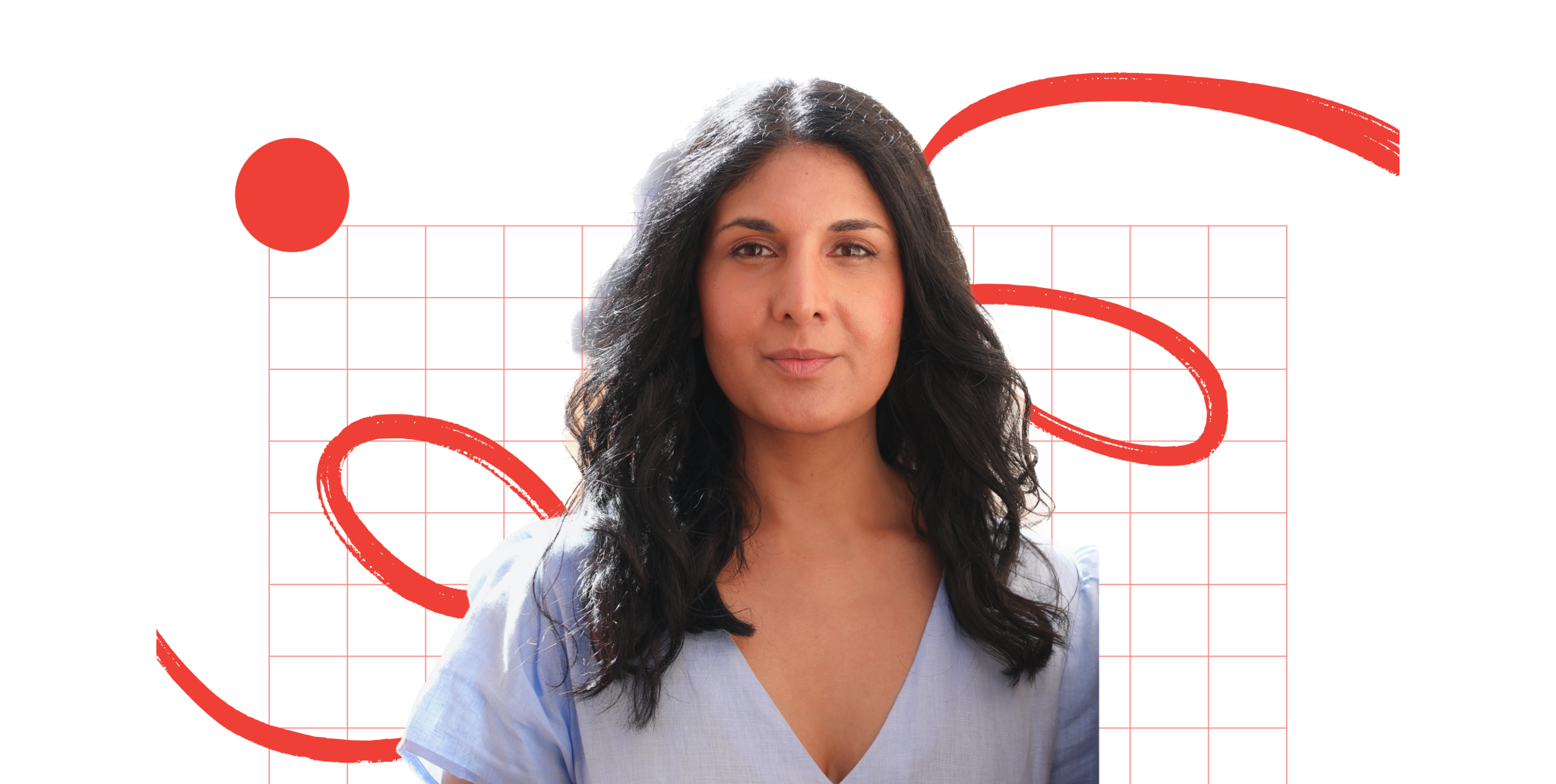Frank, my husband, and I could be our own little C-suite. Frank is a former chief technology officer (CTO) who transitioned into a product role, and I am a chief product officer (CPO) with more than 14 years of experience.
So we naturally had strong opinions when we stumbled upon a Sifted article about companies combining the CTO and CPO functions into a CPTO.
Our conclusion: there are a few limited cases where a CPTO could thrive, but these will continue to be the exception, not the norm. Founders need to think carefully before combining tech and product under one leader.
The tension between CTO and CPO
To understand why combining the two roles can be hard, we first have to understand the tension between the two. Both the CTO and CPO roles overlap in certain areas, which means there is a lot of tension. In a good relationship, it is a healthy tension.
A CTO’s most common responsibility is to provide the technical platform for the business. The CPO is responsible for product vision and strategy, product experience, product design and building a product organisation including respective scalable processes.
The tension between the two roles helps to balance technical perfectionism against super fast but quick (and maybe dirty) iterations on product ideas that do not scale due to a lack of technical foundation. That tension is what delivers outstanding customer experiences as both try and optimise for the ideal outcome.
But the different priorities of both roles can make it difficult for a CTO to succeed as a CPO and vice versa. Someone with an engineering background might struggle to focus on things like customer needs and research, while a product person might need to compromise on the company’s tech stack due to a lack of expertise.
Furthermore, the different skillsets and backgrounds of the individuals who normally take these roles mean that companies have to compromise on some of the abilities and responsibilities of each when combining them.
Four setups where a CPTO can thrive
Despite these tensions, there are four setups where a CPTO could make sense. But these are rare cases.
-
The CPTO is someone with a strong engineering and product background
If you are looking for someone to fully cover all duties described above, it needs to be a person with multiple years of experience in both product and engineering. We haven’t met too many people who have been able to deliver excellence in both disciplines in parallel. These unicorns do exist, but they are rare.
- The CPTO is an early employee or founding team member at an early-stage startup
In an early-stage startup environment, someone with a 'get-things-done attitude' might be able to fill both roles. You might need a couple of years of experience, a good sense of technology and an understanding of how to achieve product-market fit fast. Nevertheless, you will always be limited, and a go-getter attitude probably won’t be enough when the company gets past a certain stage. You will probably “survive” for a short period of time but you'll need support soon.
- The company is operating in an ecommerce or similar environment and the CPTO has a product background
There are companies that do not require the latest tech stack. Marketing-driven environments like many traditional ecommerce companies might fall under that category. Even traditional ecommerce companies are levelling up their tech stack to compete against tech giants and others. Again, this is a rare case.
- The company is developing a highly technical product and the CPTO is more strong technically.
This is the flip side of the previous example. In the case of a pure tech product where technical excellence is the deciding factor in the company’s success, a combined tech and product role, led by a technical talent, could work. One example of this kind of company is a company building products with developers as a target group. For such a CPTO, understanding pain points and delivering value might come naturally as they were close to the customers. Nevertheless, there is also a huge risk in this setup, since you operate in a bubble and might oversee opportunities for your business to grow.
To repeat, these are all relatively rare cases. And the tensions outlined between the different responsibilities, strengths and weaknesses of CPOs and CTOs mean that we probably won’t see CPTO becoming a common role in companies. And Frank and I won’t be out of our jobs quite yet!
Stephanie Leue is cofounder and chief product officer at edtech platform djeeny, and Frank Leue is head of mobile services at Flaschenpost Services AG.


